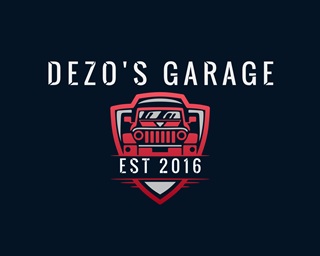Chrysler History

The Chrysler company was founded by Walter Chrysler (1875–1940) on June 6, 1925, when the Maxwell Motor Company (est. 1904) was re-organized into the Chrysler Corporation.
Walter Chrysler had arrived at the ailing Maxwell-Chalmers company in the early 1920s. He was hired to overhaul the company's troubled operations (after a similar rescue job at the Willys-Overland car company). In late 1923 production of the Chalmers automobile was ended.
In January 1924, Walter Chrysler launched the well-received Chrysler automobile. The Chrysler was a 6-cylinder automobile, designed to provide customers with an advanced, well-engineered car, but at a more affordable price than they might expect. (Elements of this car are traceable to a prototype which had been under development at Willys during Chrysler's tenure. The original 1924 Chrysler included a carburetor air filter, high compression engine, full pressure lubrication, and an oil filter, features absent from most autos at the time. Among the innovations in its early years were the first practical mass-produced four-wheel hydraulic brakes, a system nearly completely engineered by Chrysler with patents assigned to Lockheed, and rubber engine mounts to reduce vibration. Chrysler also developed a wheel with a ridged rim, designed to keep a deflated tire from flying off the wheel. This wheel was eventually adopted by the auto industry worldwide.
Following the introduction of the Chrysler, the Maxwell brand was dropped after the 1925 model year. The new, lower-priced four-cylinder Chryslers introduced for the 1926 year were badge-engineered Maxwells. The advanced engineering and testing that went into Chrysler Corporation cars helped to push the company to the second-place position in U.S. sales by 1936, a position it would last hold in 1949.
In 1928, the Chrysler Corporation began dividing its vehicle offerings by price class and function. The Plymouth brand was introduced at the low-priced end of the market (created essentially by once again reworking and rebadging Chrysler's four-cylinder model). At the same time, the DeSoto brand was introduced in the medium-price field. Also in 1928, Chrysler bought the Dodge Brothers automobile and truck company and continued the successful Dodge line of automobiles and Fargo range of trucks. By the mid-1930s, the DeSoto and Dodge divisions would trade places in the corporate hierarchy.
The Imperial name had been used since 1926, but was never a separate make, just the top-of-the-line Chrysler. In 1955, the company decided to spin it off as its own make and division to better compete with its rivals, Lincoln and Cadillac.
